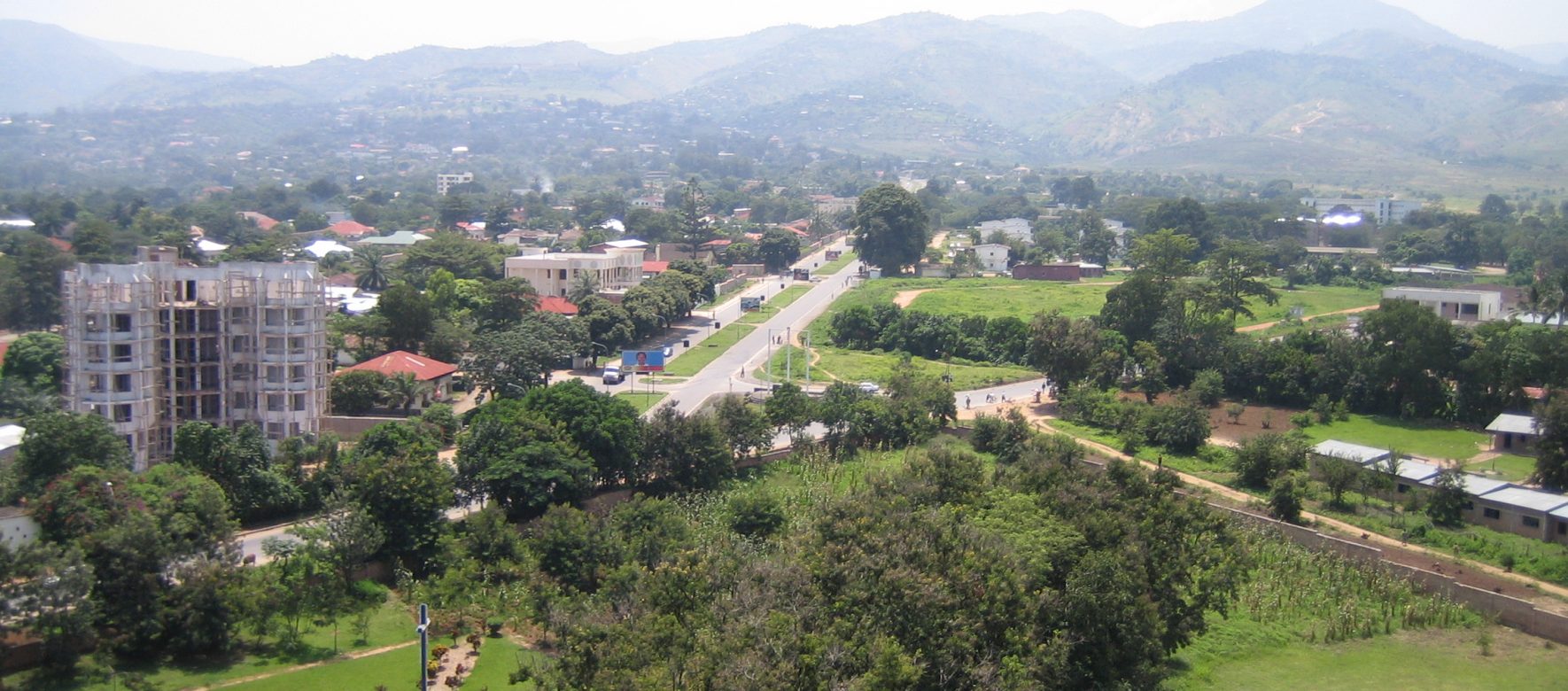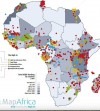The new tariff policy comes as Beijing seeks to secure its imports of agricultural products, minerals and hydrocarbons, amid severe disruptions to global supply chains.
China has removed since Thursday, September 1, customs duties on 98% of products imported from 16 least developed countries, including nine from Africa.
Announced last August, the new tariff policy covers imports from the Central African Republic, Chad, Djibouti, Eritrea, Guinea, Mozambique, Rwanda, Sudan and Togo, as well as seven other countries located in Asia and the South Pacific region.
This tariff dismantling follows the announcement by Chinese President Xi Jinping, during the 8th Ministerial Conference of the Forum on China-Africa Cooperation (FOCAC 8) held in Dakar in November 2021, of Beijing’s intention to increase its imports of agricultural products from Africa. The Chinese leader then indicated that the objective was to increase the important Chinese from the African continent to 100 billion dollars per year from 2022, then to 300 billion dollars per year by 2035.
According to data published in mid-August by the General Administration of Chinese Customs, trade between the Middle Kingdom and Africa reached 137.4 billion dollars in the first half of 2022, up 16.6% compared to the same period of 2021.
Between January 1 and June 30 this year, Chinese imports from Africa increased 19.1% year-on-year to $60.6 billion. During the same period, China’s exports to the African continent amounted to 76.8 billion dollars. This represents an increase of 14.7% over one year.
Most Chinese exports to Africa are finished goods (textiles, machinery, electronics, etc.) while African exports to the Middle Kingdom are dominated by raw materials and unprocessed products, hence a trade surplus in favor of China.
In 2021, trade between China and Africa grew by 35.3% year-on-year to $254.3 billion.





























Réagissez à cet article